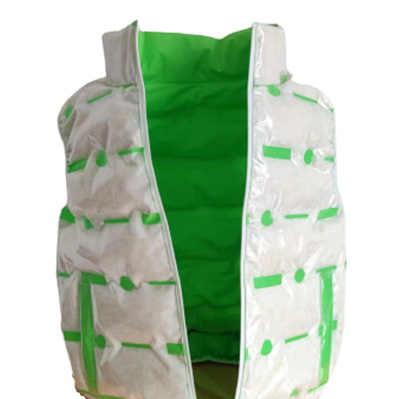The Basics of Cold-Resistant Clothing
Cold-resistant clothing is specifically designed to keep your body insulated and protected from the elements. When temperatures drop, it’s important that your clothing keeps you warm without making you too hot or uncomfortable. The primary function of cold-resistant clothing is to trap body heat while also allowing moisture to escape, preventing your body from cooling down from sweat.
The clothing you wear in cold conditions should include key features such as insulation, waterproofing, and breathability. These features ensure that your clothing can keep you warm, dry, and comfortable throughout your adventure. To determine which type of clothing is best for you, it’s important to consider both your activity level and the environmental conditions you will face.
Consider Your Activity Level
Different outdoor activities require different types of cold-resistant clothing. For example, someone planning to spend a few hours skiing or snowboarding will need gear that allows for a high degree of movement and flexibility, while someone who plans to do a multi-day winter hike will need gear that offers more insulation and warmth.
For Active Adventures: If you're planning on engaging in high-energy activities like skiing, snowboarding, or running, look for cold-resistant clothing that is lightweight, flexible, and breathable. Gear with moisture-wicking properties will help to keep sweat off your skin, and materials such as fleece or Thinsulate are perfect for insulating warmth without the bulk.
For Low-Activity or Extended Exposure: If you're going to be standing still for long periods of time, such as during a winter camping trip or ice fishing, you’ll need clothing that prioritizes warmth and protection. Look for thick, insulated jackets, heavy-duty boots, and gloves with extra padding. Be sure to check the material and its insulation properties—down is warm but can become heavy and wet, while synthetic materials perform well in damp conditions.

Layering: A Vital Approach for Cold-Weather Wear
Layering is one of the best strategies for staying warm in the cold. By wearing several layers of clothing, you can adjust your insulation based on your activity level and environmental conditions. A typical cold-weather layering system includes:
Base Layer: The base layer is crucial for moisture management. It wicks sweat away from your skin, helping to keep you dry and warm. Look for materials like merino wool or synthetic fabrics that dry quickly.
Insulation Layer: This layer traps heat. Fleece and down are excellent insulation choices, but if you anticipate wet conditions, consider synthetic options that retain warmth even when damp.
Outer Layer: The outer layer protects you from the wind, rain, and snow. A high-quality waterproof and windproof jacket is essential for preventing cold air from penetrating your layers.
Footwear and Accessories Matter
In addition to your clothing, don’t forget to invest in proper footwear and accessories. Cold-resistant boots should be waterproof, insulated, and provide good grip to avoid slipping on icy surfaces. For accessories, thermal socks, warm gloves, scarves, and hats are crucial for protecting extremities from frostbite.

 English
English 简体中文
简体中文







 3rd Floor, East Gate, No. 2599 Park Road, Sheng Ze Town, Wu Jiang District, Suzhou City, Jiangsu Province
3rd Floor, East Gate, No. 2599 Park Road, Sheng Ze Town, Wu Jiang District, Suzhou City, Jiangsu Province  +86- 0512-63519080
+86- 0512-63519080
 +86-13584404311
+86-13584404311  FQsales1@163.com
FQsales1@163.com